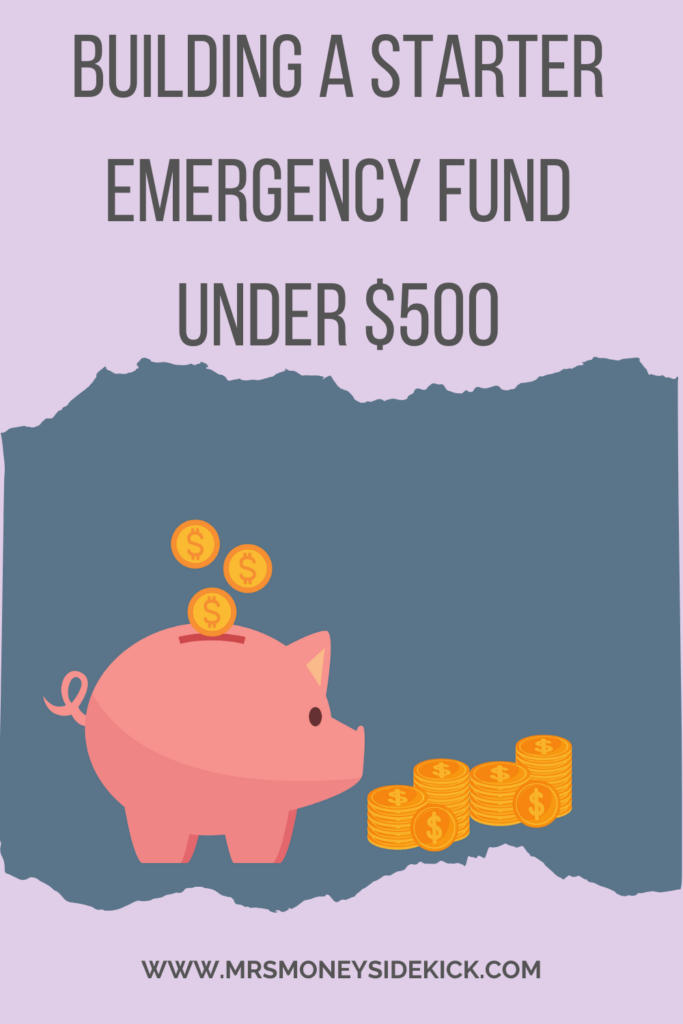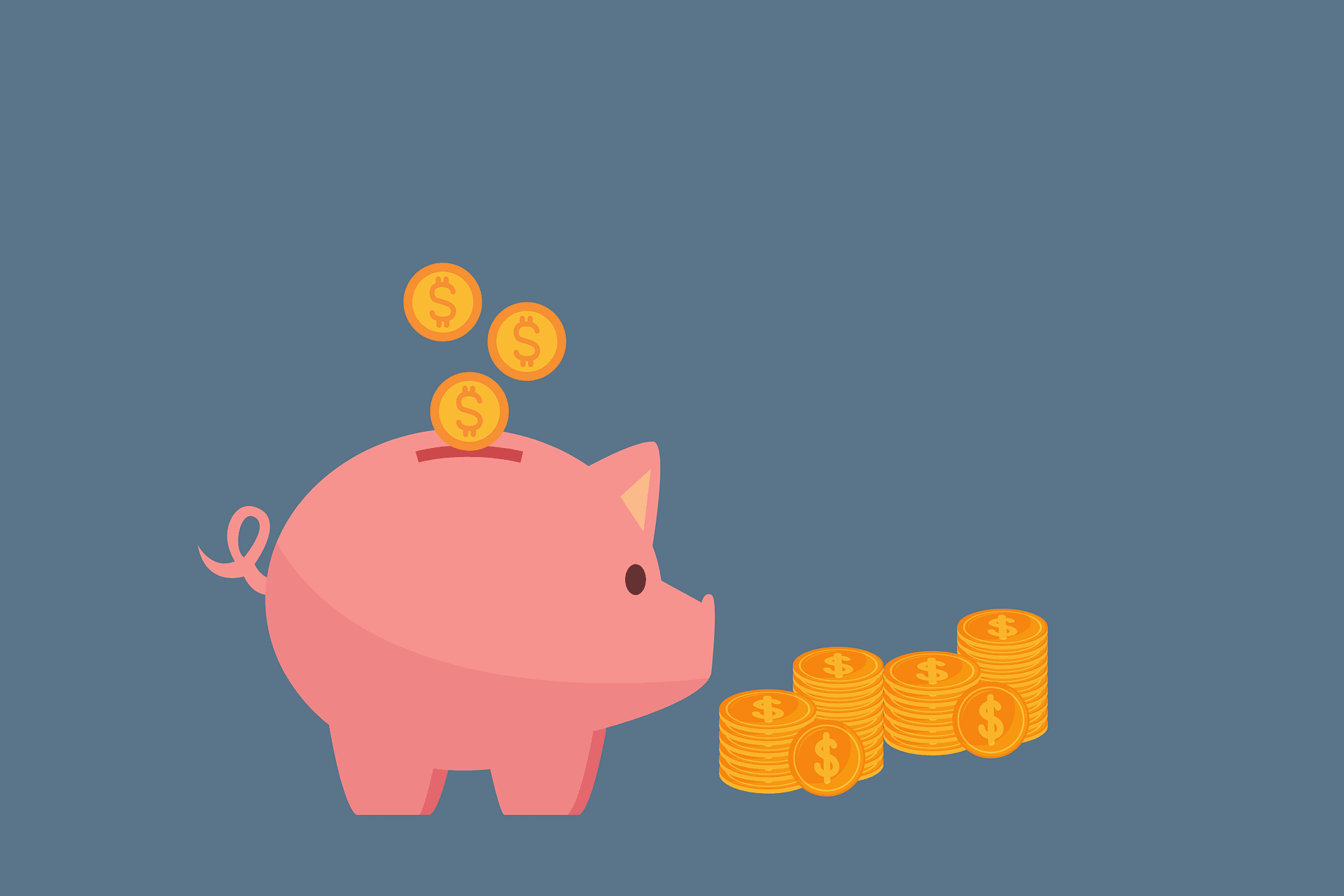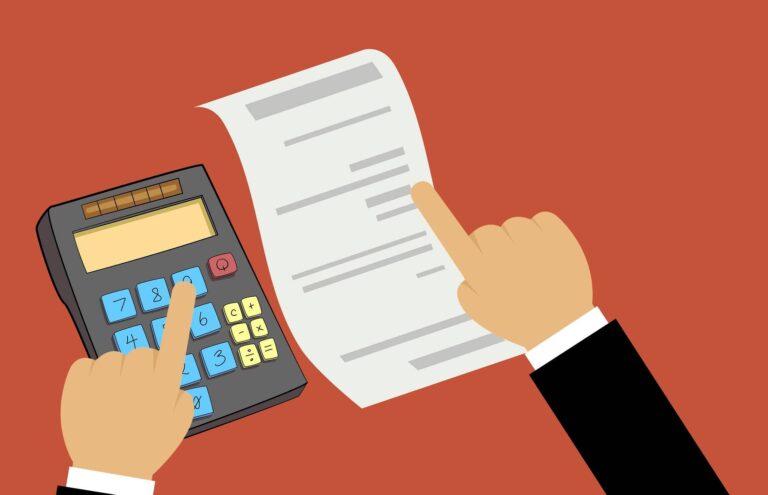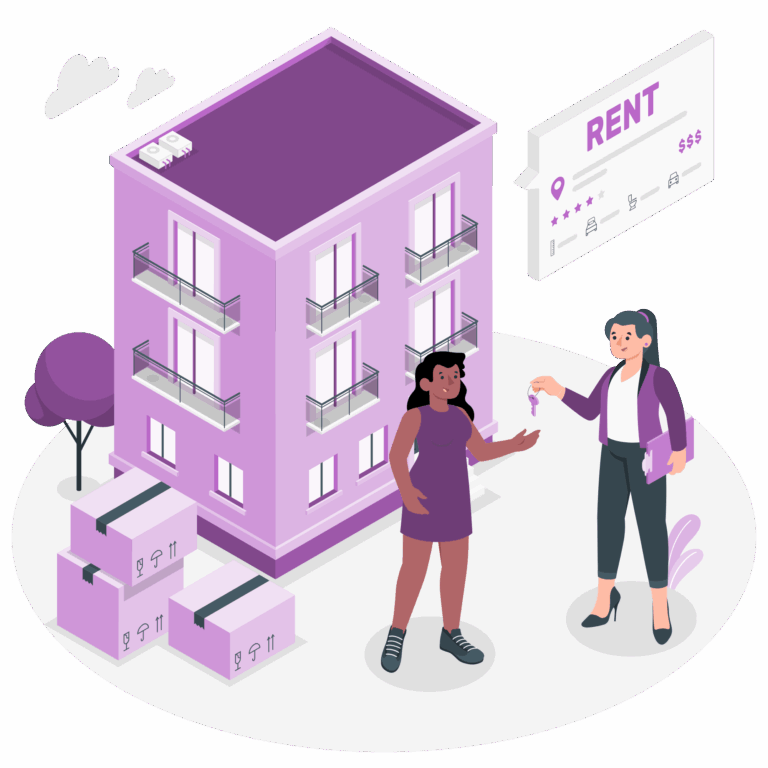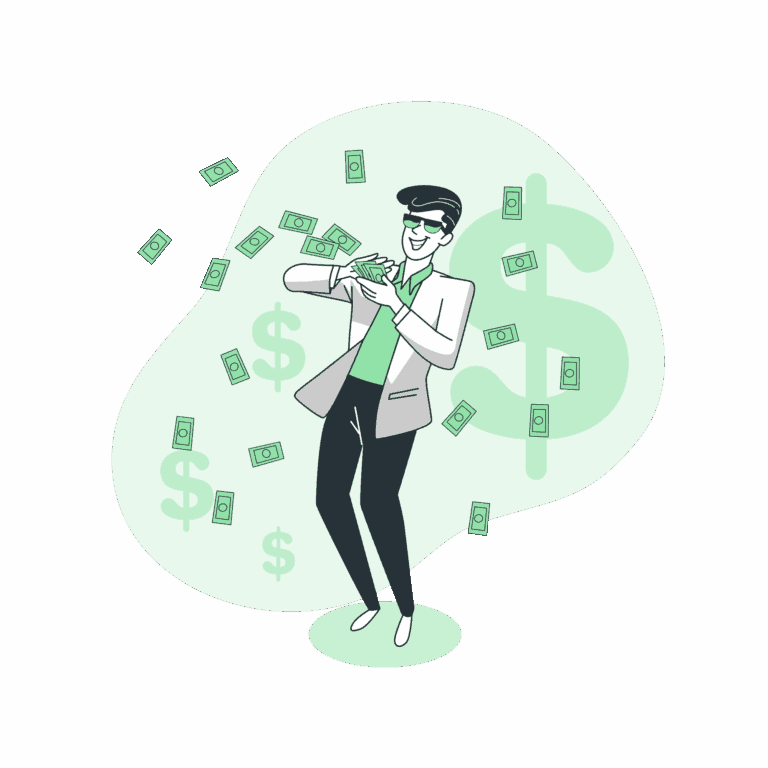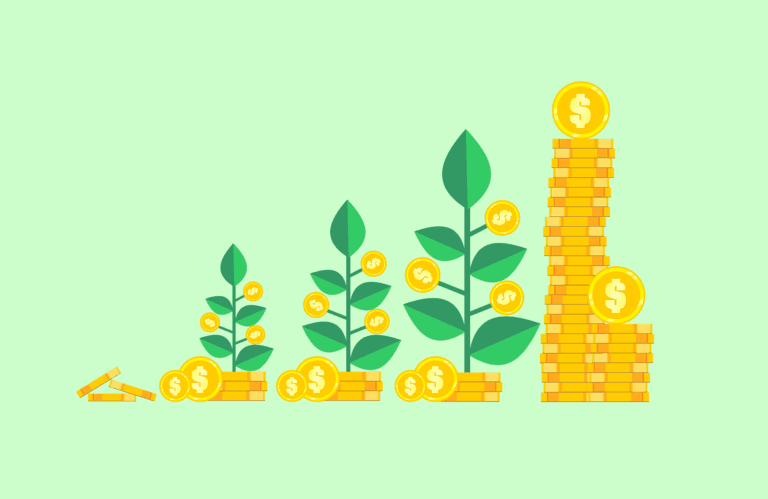Building a Starter Emergency Fund Under $500 (Even If You’re Just Starting Out)
Getting your first real paycheck (or first steady paydays) is a huge milestone. And honestly, it feels amazing. There’s nothing like seeing your hard-earned money finally land in your bank account. An “emergency fund” sounds like one of those adulting things you’ll worry about later. But, this is the perfect time to think about building a starter emergency fund. Because, if there’s one thing life likes to throw at you just when you’re feeling good… it’s unexpected expenses.
Like the time I suddenly felt a sharp pain in my ribs and couldn’t catch my breath properly. Worried it might be something serious, I rushed to the ER and ended up sitting in the waiting room for over four hours. By that time, I was so sleepy, tired, and honestly, the pain had started to calm down. I decided to leave and see my family doctor the next morning instead. Rather than risk getting slapped with a huge ER bill for something that (thankfully) turned out to be minor rib inflammation, probably from a new workout I was trying a little too hard at.
If I had stayed and gotten treated that night? That bill would’ve been hundreds of dollars, the kind of thing that can mess up your whole budget if you’re not ready. That’s why even a small emergency fund matters. Not because you expect bad things to happen every week, but because when they do, you won’t have to panic about how to pay for it.
But here’s the truth: Even an emergency fund under $500 can change your life, not because it solves every problem, but because it keeps the small stuff from becoming big disasters.
And the good news? You don’t have to be rich to start. You just have to start. Let’s break it down the easy way.
What Even Is a Starter Emergency Fund?
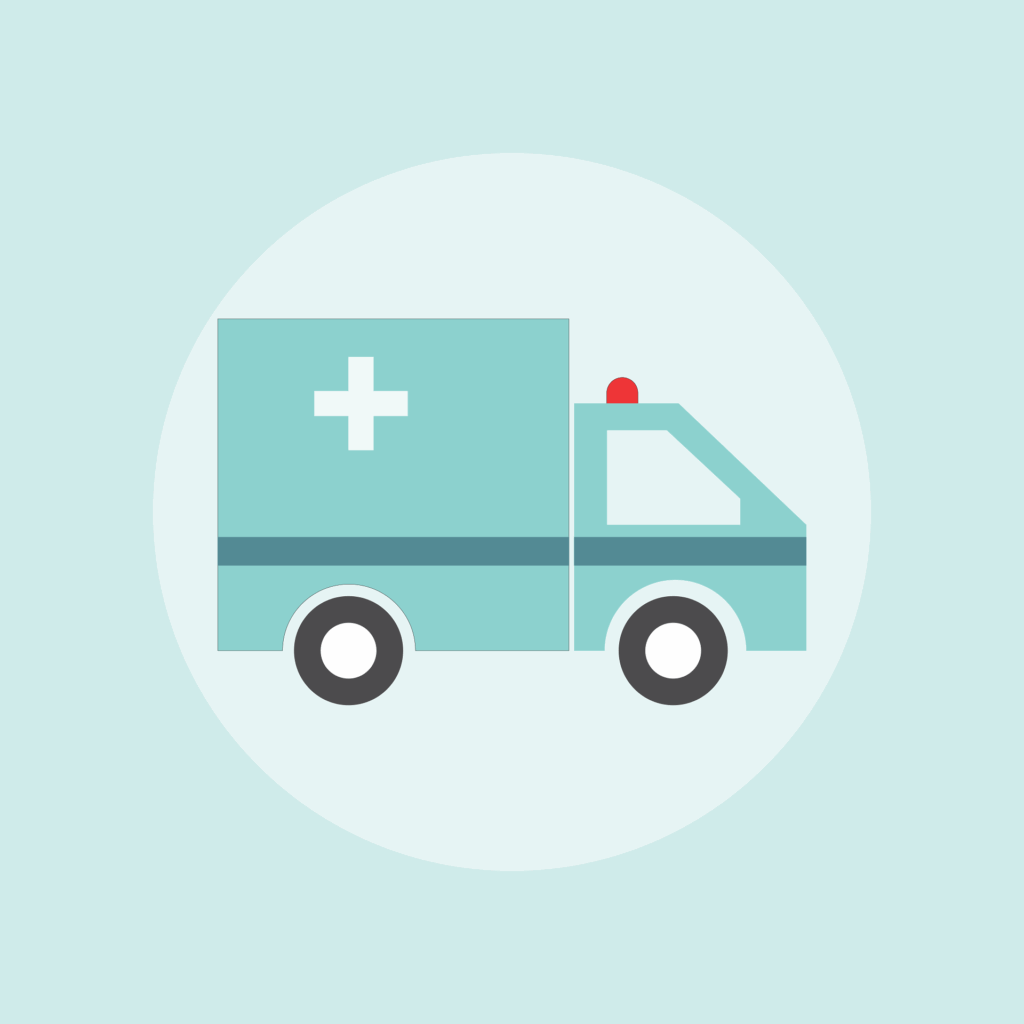
An emergency fund is simply money you set aside for surprise expenses, stuff you didn’t plan for but still have to pay.
Things like:
- Flat tires
- Urgent dentist visits
- Last-minute travel for a family emergency
- Your dog getting stung by a bee with the stinger stuck deep enough that a vet visit is needed (true story!)
Having even a small emergency fund means you don’t have to:
- Panic
- Drain your checking account
- Swipe your credit card and go into debt
It’s your “oh no!” money.
Why $500 Is a Great First Goal
Sure, $5,000 would be amazing. But when you’re just starting out, a $500 starter emergency fund is a huge win.
Here’s why:
- $500 covers most small emergencies — the stuff that can throw off your rent, groceries, or gas money if you’re not ready.
- It’s realistic — you can build it little by little without feeling like you have to give up your whole life.
- You’ll feel proud (and you should!) — saving $500 is no small thing.
How to Build Your First $500 Starter Emergency Fund (Without Feeling Broke)
1. Set a Tiny Weekly Goal
Instead of thinking “I need $500 now,” break it down.
Example:
Save $20 per week → you’ll hit $500 in about six months.
Save $10 per week → you’ll hit $500 in about a year.
You can even start smaller if you need to. $5 here or $10 there still adds up!
Need Help Organizing Your Budget?
Building a starter emergency fund is a lot easier when you have a clear view of where your money is going each month. If you are not sure how much you can save yet, using a simple budgeting app can make a huge difference.
Apps like Rocket Money, Goodbudget, and EveryDollar, all offer simple tools to help you track your spending, save smarter, and stay on top of your goals, all without spending a dime. For most people just starting out, the free versions are more than enough to build good money habits and get a feel for what works best for you.
2. Open a Separate Savings Account
Keeping your starter emergency fund separate from your everyday spending money is one of the best ways to actually let it grow.
Out of sight = out of mind. You will be way less tempted to dip into it for non-emergencies.
✅ Pro-tip: I recommend keeping your starter emergency fund in a high-yield savings account. It’s a simple way to let your money earn more interest without any risk, and it helps you stay focused on your savings goal. But no worries if you’re not ready to open a new account yet. You can absolutely start by saving in your regular savings account. Just make sure it’s a free account with no monthly fees, so you can keep every dollar you save working toward your goals.
High-Yield Savings vs Regular Savings vs Checking
A high-yield savings account is a special type of savings account that earns you a much higher interest rate than a traditional savings or checking account, often 10x or more.
While regular savings accounts at big banks might pay almost no interest, a high-yield savings account helps your money grow faster while still keeping it completely safe and accessible. Unlike a checking account, which is designed for everyday spending, a high-yield savings account is built for saving, not spending, which makes it perfect for goals like building your starter emergency fund.
You still get easy access to your money when you need it, but you earn more interest along the way, without taking any investment risks.
Here are a few high-yield savings accounts I personally like for starter emergency funds:
| Bank | Pros | Cons |
|---|---|---|
| SoFi Bank | – No account fees – High APY (often one of the top rates) – Free automatic savings features | – Requires direct deposit for best rates |
| CIT Bank Savings Connect | – Consistently high APY – Low minimum to open ($100) | – No physical branches – Online-only customer service |
| Marcus by Goldman Sachs | – Competitive APY – No minimum deposit required – No fees | – No checking account option if you want full banking at one place |
| Ally Bank | – Great APY – Excellent mobile app and customer service – No minimums or monthly fees | – No cash deposits (online only) |
No matter which one you choose, the key is to keep your starter emergency fund a little harder to touch and let it quietly earn a little more for you while you focus on bigger goals.
3. Use “Found Money” Whenever You Can
Whenever you get money you weren’t counting on like:
- Birthday cash
- Tax refunds
- Side hustle money
- Reimbursement from a friend
Drop part (or all) into your emergency fund. Easy wins.
4. Automate It (Even If It’s Tiny)
One of the easiest ways to build your starter emergency fund without thinking about it is to automate your savings. Set up a small automatic transfer right after every paycheck, even if it’s just $5. You will not miss it once it’s happening in the background, and over time, it adds up faster than you think.
✅ Pro-tip: You do not need fancy apps to get started. Simply splitting part of your direct deposit into a separate savings account is one of the smartest, easiest moves you can make. Even a tiny amount each paycheck gets the habit started.
✅ Pro-tip #2: If you want a little extra help, there are also micro-saving apps that automatically round up your purchases or move small amounts of money into savings for you without you having to lift a finger.
Here are a few popular micro-saving apps that can help you grow your starter emergency fund without even noticing:
| App | Pros | Cons |
|---|---|---|
| Acorns | Rounds up purchases and invests spare change – Easy to use | Monthly fee (~$3) even for small balances |
| Chime Save When You Spend | – Rounds up transactions to savings account – No fees – Tied directly to Chime spending account | Must use Chime for checking/saving |
| Oportun | – Analyzes your spending habits and automatically saves small amounts – Simple and user friendly – Free trial for 30 days | Monthly fee (~$5 after 30 days) |
| Qapital | – Lets you set personalized savings rules (like rounding up, spending challenges) – Highly customizable | Monthly subscription fee (~$3) |
| Current Savings Pods | – Save automatically into small savings “pods” – No extra cost for basic saving | Must have Current account to access feature |
Whether you automate savings through your paycheck or use a micro-saving app, the key is setting up a system that works for you, one where saving becomes automatic, consistent, and easy.
5. Cut One Thing (Temporarily)
You don’t have to overhaul your life. But cutting one expense for a few months like:
- Skipping one restaurant meal a week
- Pausing one streaming service for a while
- Making coffee at home instead of drive-thru
This could free up $20–$50/month easily. That’s emergency fund money right there.
Saving even a little bit consistently is a huge win And sometimes, finding small ways to boost your savings can make it even easier to reach your goal faster. If you want to give your starter emergency fund an extra lift without making big changes to your budget, here’s a simple bonus tip you can try.
Bonus Tip: Boost Your Starter Emergency Fund With Cashback Apps
If you want to speed up your savings without feeling like you are cutting into your regular budget, using cashback and money-saving apps can be an easy win. Cashback apps reward you for everyday purchases you are already making, like groceries, gas, or online shopping. That extra cash can go straight into your starter emergency fund.
Here are a few free apps that can help you build your savings faster:
- Rakuten = best for online shopping cashback
- Ibotta = best for grocery cashback on specific brands
- Upside = best for gas cashback (and now some groceries)
- Fetch = best for “anything” grocery receipts (small bonuses, builds slowly)
| App | How Much Cashback (Typical) | Notes |
|---|---|---|
| Rakuten | 1%–10% cashback (varies by store) | Some stores offer seasonal promos up to 15%+; big-name stores like Macy’s, Walmart, Sephora usually 2–5% |
| Ibotta | $0.25–$5+ per item (not % based) | Cashback is per specific item offers (ex: $1 back on cereal, $3 back on cleaning supplies) — not percentage-based like Rakuten |
| Upside | 10¢–25¢ per gallon of gas (sometimes up to 35¢+) | Cashback for gas purchases mainly; also some cashback for groceries and restaurants (usually 5%–10% range) |
| Fetch Rewards | Points System (roughly 1% value) | 1,000 points = $1; special promotions sometimes give more — but everyday receipts earn smaller points (worth about 1%–2% equivalent) |
Even if you only save a few dollars a week, it can add up to hundreds over the course of a year, making a real difference for your emergency fund without changing your lifestyle.
What to Use It For (and What Not To)
✅ Good reasons to tap your starter emergency fund include emergencies like:
- New shoes
- Concert tickets
- A spontaneous weekend trip
🚫 Not for:
- Flat tire
- Medical bill you can’t put off
- Unexpected job loss
- Emergency home repairs
Protect your starter emergency fund for real needs. Emergency = real need, not “really want.”
Bottom Line: Start Small. Start Now.
Building a starter emergency fund under $500 might sound tiny, but it’s a game-changer. You’ll sleep better. You’ll handle surprise expenses without wrecking your whole paycheck. And most importantly, you’ll start seeing yourself as someone who can save! Even if you started from $0.
Take it one step at a time. You’re already doing more than you think. And Mrs. Money Sidekick is right here cheering you on.
On your side,
Mrs. Money Sidekick
P.S. Looking for more real-world advice for getting started? Explore more posts here.
